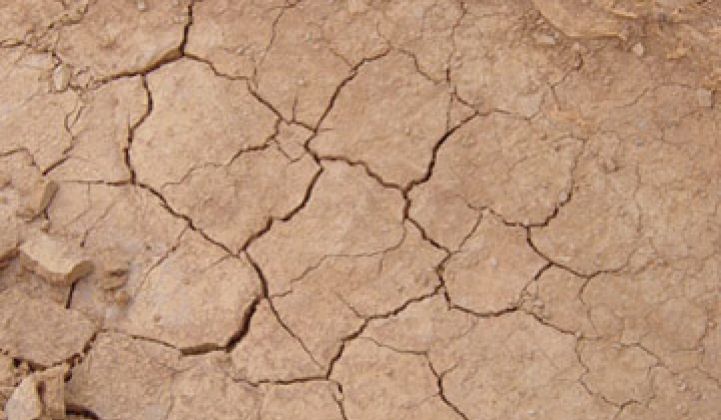Statistics can be surprising -- or even staggering -- especially when they involve life and death.
By 2050, for example, the global population is expected to reach 9 billion, and in order to feed all these people, we’ll have to increase the world’s food production by 70 percent.
On its own, this 70 percent figure is daunting, and perhaps even unattainable. But nearly doubling global food production in four decades is even more difficult because of the huge amount of waste all along the world’s food chain, from pollen to plate.
The wealth of a country helps determine where the food wastage actually occurs. In developing nations, for example, a relatively high proportion of loss takes place in the fields, in storage, or on the way to market. In developed nations, on the other hand, the biggest losses can be seen at the back end of the chain -- in the home, for example.
This income disparity sheds light on why 10 percent of grain is lost in storage in the United States, but between 50 percent and 60 percent is lost in this step in developing nations. It also provides insight as to why up to 60 percent of rice is lost in developing countries, long before the product ever gets to the consumer.
Attacking Seeds, Crops and Harvests
There are many reasons that front-end food loss in the developing world is so high -- severe weather that devastates crop yields and high oil prices that make transportation to market prohibitive, for instance -- but a major factor is disease and spoilage from pests and pathogens that attack seeds in the soil, crops on the land, and harvests awaiting sale.
According to the United Nations, there are 67,000 pest species that assault crops worldwide, and up to 70 percent of them impact global food production. Put another way, says the UN, an estimated 20 percent to 40 percent of potential harvests in developing nations are lost as a result of pests and pathogens.
It’s critical that we find ways to reduce these inefficiencies. UN studies indicate that if we can cut food waste in half, then global food production would only have to increase by 35 percent over the next 40 years to feed the world’s population.
The pressures to enhance food security are intensifying. There are currently 925 million hungry people in the world, and nearly 90 percent of them are living in sub-Saharan Africa and the Asia-Pacific region.
These are the areas where global population growth is expected to increase most rapidly in coming decades; it’s also where escalating food prices, driven by climate change and the growing demand for resource-intensive and biofuel crops in wealthier countries, are forcing more and more people into even deeper poverty.
Helping Small Farmers in the Developing World
This downward spiral is having the most profound impact on the 800 million small farmers in the developing world who produce food on plots of two hectares or less. Despite the fact that they are more cost-efficient than larger farmers, these small landholders, who have the potential to produce half the world’s food, are net food buyers who don’t grow enough to feed themselves.
To a great extent, small farmers in developing nations are under-achieving because they haven’t had full access to the latest generation of safe and sustainable agriculture technology, which can enhance crop production and protection.
And, looking forward, we believe that this type of beneficial and broad-based technology transfer can only happen if governments, public research institutions, non-governmental organizations and corporations join together in partnerships that are dedicated to providing small farmers with the knowledge, solutions and best practices that will help them ease the global food security crisis.
The government of West Bengal in India is demonstrating that this approach can work. Eager to spread organic cultivation, the governmental leaders in this state are trying to set up 341 bio-villages to help train small farmers to use bio / botanical pesticides, microbes and parasites so they can wage biological warfare against prevalent pests and plant diseases.
Getting State-of-the-Art Solutions Into the Field
One of the key challenges in West Bengal and other places in the developing world is getting solutions into the hands of small farmers. We also need to educate these landholders in the field, so they can see which products are effective and easy to use. These efforts can take years, and we absolutely need support and collaboration from local governments, which can make the adoption process much more efficient.
But helping small farmers fulfill their promise when it comes to agricultural production is well worth it. If we can provide them with state-of-the-art tools to decrease food waste, we can start feeding more people in more developing nations. And, in the end, this will trigger a virtuous cycle that leads to less poverty and more economic growth all around the world.
***
Martin Brown is the Managing Director of Exosect, which specializes in pest management.
Photo credit: The Italian Voice via Creative Commons.



